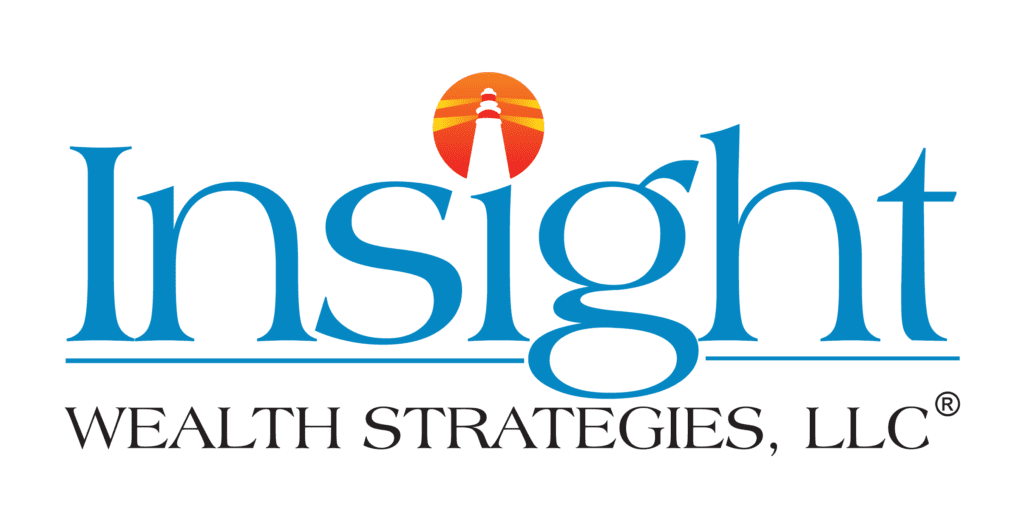Retirement Steps by Age: A Guide for Every Stage of Life
Table of Contents
Retirement planning isn’t a one-size-fits-all process—it evolves as your life and finances do. For individuals with significant and growing assets, each decade brings new opportunities and responsibilities to help preserve wealth, reduce risk, and align long-term goals. Whether you’re just starting your career or nearing retirement, making the right financial moves at the right time can create a more secure, flexible future. This guide walks through important retirement steps by age, so you can tailor your strategy to your life stage and stay ahead of what’s next.
In Your 20s and 30s: Establishing the Foundation
The early stages of your career set the tone for long-term financial success. This is the time to build habits and systems that will serve you for decades.
Start by contributing to tax-advantaged retirement accounts like 401(k)s—especially if your employer offers a match—and consider Roth IRAs to benefit from tax-free growth. Even modest contributions made consistently can have a significant impact thanks to the power of compounding.
Beyond retirement accounts, work on establishing a strong financial base: build credit, set aside a well-funded emergency reserve, and explore taxable investment accounts for long-term growth. Laying this groundwork early creates flexibility and resilience as your wealth begins to grow.
In Your 40s: Accelerating Asset Growth
By your 40s, you’re likely in your peak earning years—an ideal time to accelerate your financial momentum. Make the most of this stage by maximizing contributions to retirement accounts like 401(k)s, IRAs, and even HSAs, while also prioritizing after-tax investment growth. Consider rebalancing your portfolio to align with your evolving risk tolerance and long-term goals.
This is also the decade to get serious about risk management. Review life, disability, and umbrella insurance coverage to protect your income and assets. Tax strategies become increasingly important, especially for high-income households, so work with an advisor to optimize deductions, deferrals, and investment efficiency.
Tracking your net worth regularly and understanding your path to financial independence can keep you focused. Early estate planning—such as wills, powers of attorney, and trusts—can also begin now, helping ensure your wealth is structured for long-term protection and transfer.
In Your 50s: Refining Your Strategy
As retirement comes into sharper focus, your 50s are about refining and protecting what you’ve built. Take advantage of catch-up contributions to retirement accounts, allowing you to save significantly more each year. Review your portfolio to ensure it’s appropriately balanced—aim for growth while reducing exposure to unnecessary risk.
It’s also time to think beyond accumulation. Begin planning for potential long-term care needs and review healthcare options and projected costs in retirement. If legacy planning is important to you, revisit your estate documents and consider trusts, charitable giving strategies, or family wealth transfers that align with your wishes.
Real estate often plays a key role at this stage. Evaluate whether it’s time to downsize, convert equity into income, or diversify your holdings. Making intentional decisions now can ease your transition into retirement and help preserve wealth across generations.
In Your 60s and Beyond: Preparing for Distribution
This is the stage where careful planning turns into execution. With retirement either approaching or already underway, the focus shifts to sustaining your lifestyle, minimizing taxes, and ensuring your wealth is transferred according to your wishes.
Drawing Down Assets
Your withdrawal strategy can make a significant difference in how long your assets last and how much tax you owe. Work with your advisor to determine the most tax-efficient order for drawing from accounts—balancing pre-tax, Roth, and taxable assets to smooth your income and avoid unnecessary tax spikes.
If you haven’t already, prepare for Required Minimum Distributions (RMDs) from traditional retirement accounts, which begin at age 73. Thoughtful strategies like Roth conversions or Qualified Charitable Distributions (QCDs) can help manage your taxable income and preserve more for your goals.
Estate, Trust, and Legacy Execution
This is the time to finalize and implement the estate plans you’ve built. Ensure all documents—wills, healthcare directives, powers of attorney—are current and confirm that beneficiaries on retirement accounts and insurance policies are up to date.
For those looking to create a lasting impact, consider establishing or funding trusts, facilitating family wealth transfers, or integrating charitable giving vehicles like donor-advised funds. With proper execution, your legacy can support the people and causes you care about for generations to come.
Working With a Trusted Advisory Team
As your financial picture becomes more complex, a coordinated team of professionals becomes essential. A financial planner can help align your investments and retirement goals, a CPA can optimize tax strategies, and an estate attorney helps ensure your legacy is protected. Together, they form a comprehensive support system that keeps every part of your plan working in harmony.
An integrated approach is especially valuable for those with substantial assets, business interests, or multigenerational goals. Life doesn’t follow a straight path, and having a trusted team that understands your evolving priorities allows you to make smarter decisions with confidence—whether you’re planning for retirement, navigating a liquidity event, or managing a legacy for future generations.
Conclusion
Retirement success isn’t achieved overnight—it’s built through a series of thoughtful, age-appropriate steps taken over time. From early savings strategies in your 20s to tax-efficient withdrawals and legacy planning in your 60s and beyond, each stage offers key opportunities to strengthen your financial future.
While starting early provides a strong advantage, the real value lies in continuously refining your strategy as your life and wealth evolve. Proactive planning and timely adjustments help ensure that your retirement goals stay aligned with your personal vision.
Now is the time to take the next step. Build your personalized retirement roadmap with the support of seasoned advisors who understand the complexities of wealth and the power of a well-crafted plan.
Reviewed by,

Brian Stormont, CFP®
Brian Stormont is a comprehensive, fee-only financial advisor with Insight Wealth Strategies who began his career in the financial industry in 2000. His expertise encompasses retirement planning, investment planning, estate planning, and high-level strategies to help business owners and individuals minimize their income taxes.
Insight Wealth Strategies, LLC is a Registered Investment Adviser. Advisory services are only offered to clients or prospective clients where Insight Wealth Strategies, LLC and its representatives are properly licensed or exempt from licensure. Past performance is no guarantee of future returns. Investing involves risk and possible loss of principal capital. No advice may be rendered by Insight Wealth Strategies, LLC unless a client service agreement is in place.
Insight Wealth Strategies, LLC (IWS) and its affiliates do not provide tax, legal or accounting advice. This material has been prepared for informational purposes only, and is not intended to provide, and should not be relied on for, tax, legal or accounting advice. You should consult your own tax, legal and accounting advisors before engaging in any transaction.
Certified Financial Planner Board of Standards Inc. owns the certification marks CFP®, CERTIFIED FINANCIAL PLANNER™, in the U.S., which it awards to individuals who successfully complete CFP Board’s initial and ongoing certification requirements.

